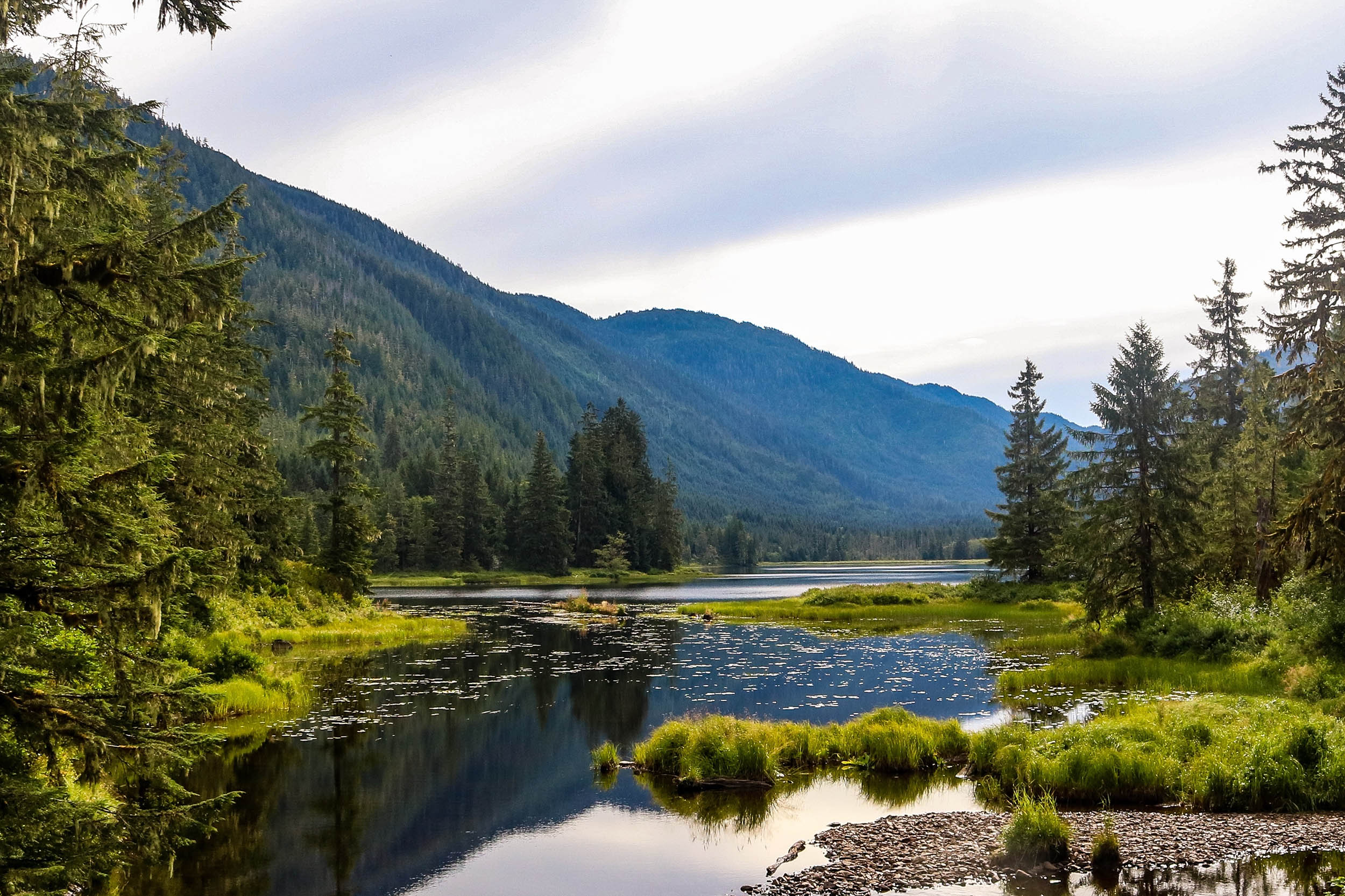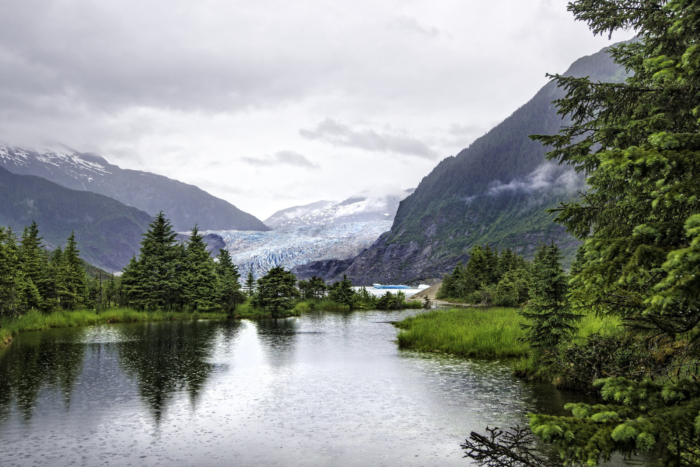The U.S. Department of Agriculture is taking aim at the 2001 Roadless Rule. On Friday, August 29, the Forest Service will publish a Notice of Intent to start the repeal process. That step kicks off an environmental review and a short public comment window that closes on Friday, September 19.
The Roadless Rule limits new roads, timber harvest, and development across 45 million of the protected 58.5 million acres in 37 states. The proposed rollback also targets the Tongass National Forest in Alaska, where more than 9 million acres remain roadless.
Idaho and Colorado, which already have their own roadless rules, wouldn’t be affected.
The USDA first announced its intent to rescind the rule on June 23. Department officials cited wildfire risk and a desire to give states more control over management decisions.
Background on the Roadless Rule
The Roadless Area Conservation Rule was finalized in 2001 after more than 600 public meetings and 1.6 million public comments. At the time, more than 95% of commenters supported strong protections for undeveloped national forest lands.
The rule was designed to address the growing costs of maintaining 386,000 miles of existing national forest roads while protecting habitat and clean water.
Reasons Behind the Rescission
In a prepared statement, Secretary of Agriculture Brooke Rollins said the Roadless Rule impedes forest management and fire mitigation. She stated that lifting restrictions will give states and local managers more flexibility.
“Once again, President Trump is removing absurd obstacles to common sense management of our natural resources by rescinding the overly restrictive roadless rule,” said Secretary Rollins. “This move opens a new era of consistency and sustainability for our nation’s forests.”
USDA officials also said that expanded access could support timber production and rural economies.
Conservation Groups Push Back
Conservation organizations immediately raised concerns about the decision. Trout Unlimited noted that 70% of roadless areas hold native trout or salmon. The group warned that rolling back protections could threaten clean water, fish habitat, and hunting opportunities.
Backcountry Hunters & Anglers also voiced opposition, pointing to risks of habitat fragmentation and increased wildfire danger. Both organizations urged USDA to refine, rather than rescind, the rule.
Regional Impacts


The impacts of rescinding the rule vary by region but carry significant consequences.
- In Alaska: The Tongass National Forest holds the largest remaining block of temperate rainforest in the world. Removing roadless protections there would allow expanded logging, which conservation groups say could fragment habitat and affect salmon streams that sustain commercial and subsistence fisheries.
- In the Rocky Mountain States: Roadless designations cover high-elevation watersheds that provide drinking water for downstream cities and towns. Opening these lands to new roads could increase erosion and sediment runoff, directly impacting water quality for millions of people. These areas also provide critical habitat for mule deer, elk, and native cutthroat trout. Without roadless protections, expanded access and development could displace wildlife and reduce hunting opportunities.
- In the Pacific Northwest: National forests with large roadless designations supply some of the last intact spawning grounds for steelhead and salmon. Building new roads could raise water temperatures, reduce habitat connectivity, and threaten recovery efforts for endangered fish.
- In the Southeast: Roadless areas buffer headwaters that support freshwater fisheries and provide flood control. Without protections, logging and road expansion could compromise forested wetlands that serve as nurseries for fish and waterfowl.
Across all regions, road expansion would add to an already overextended road system. The National Forest System already contains more than 386,000 miles of roads — twice the mileage of the U.S. interstate highway system. Maintenance backlogs stretch into the billions of dollars. Expanding that network would further strain budgets while elevating wildfire risk, since most human-caused fires begin near roads.
What Comes Next
Publication of the Notice of Intent will trigger a 21-day public comment period. The USDA will then prepare a draft environmental impact statement. The rule-making process is expected to face significant public and legal challenges.
How to Get Involved
The public comment period opens on Friday, August 29, and runs through Friday, September 19. Individuals can submit comments directly through the Federal Register. Trout Unlimited, Backcountry Hunters & Anglers, and other conservation groups are offering resources to guide comments.
Hunters, anglers, and all public land users are encouraged to participate. Public input will play a critical role in determining the future of 45 million acres of national forest.
Read the full article here




